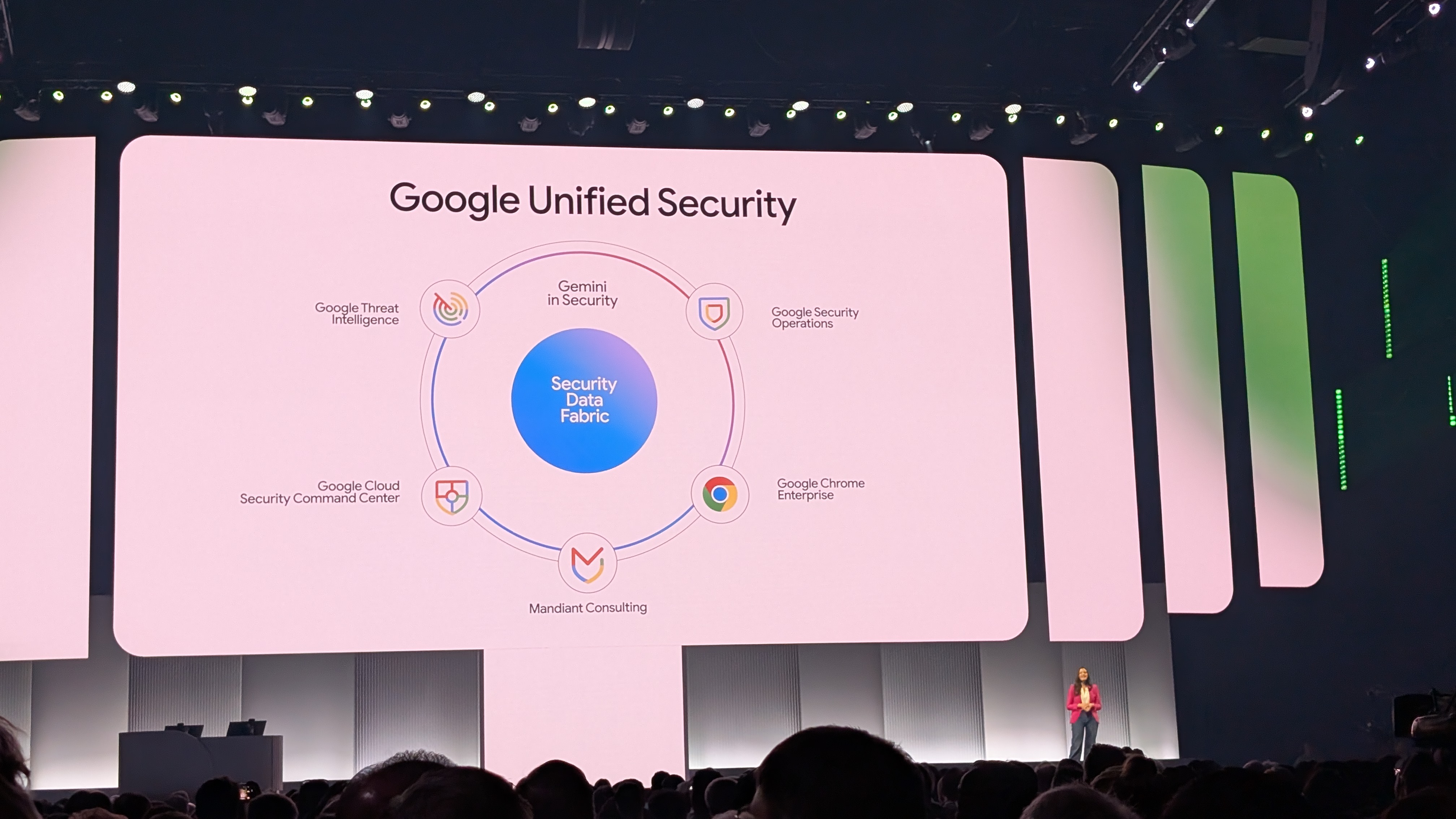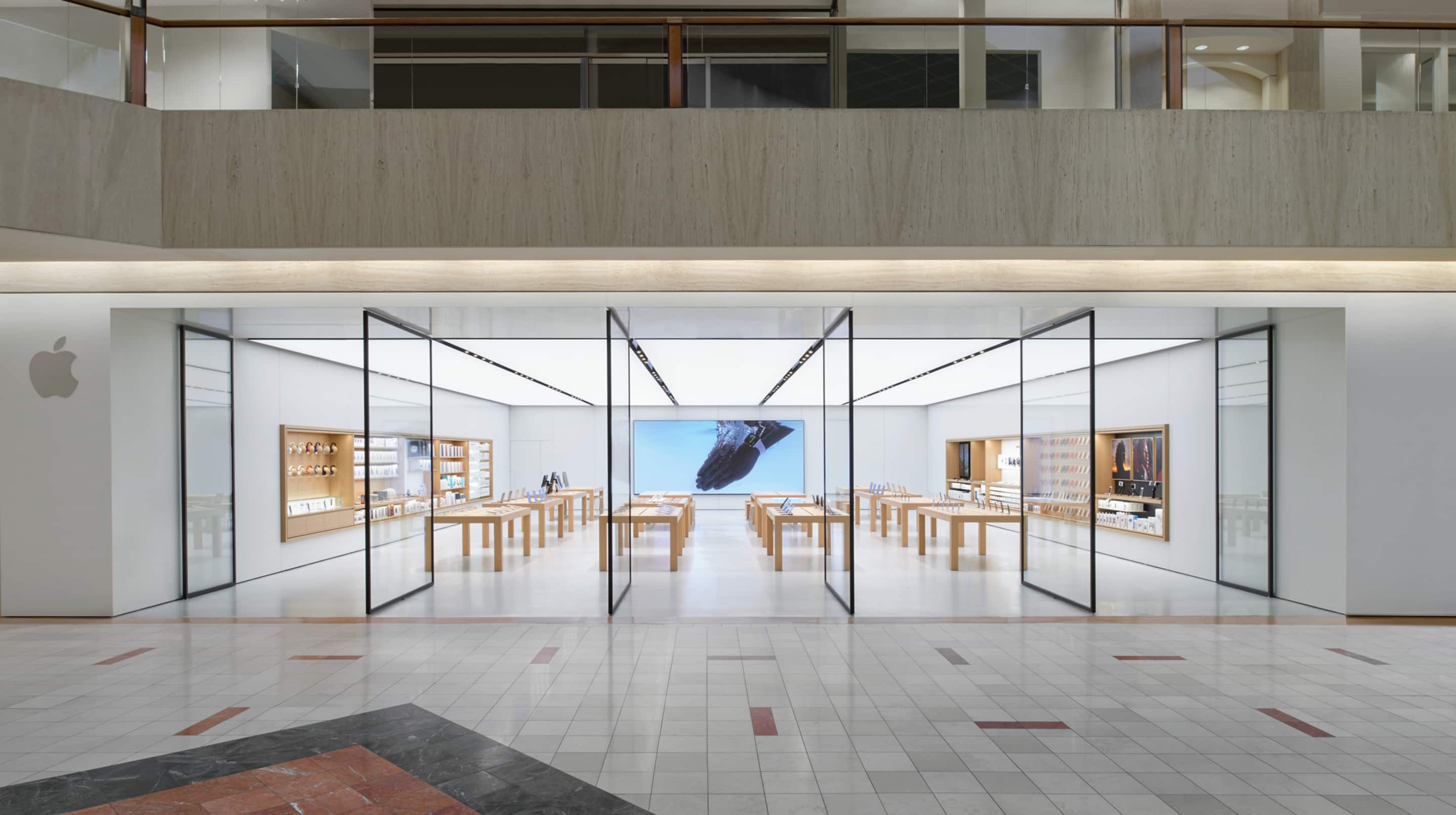Cross-Browser Compatibility: Keeping Older Sites Shining Bright on Newer Browsers
"Why Does My Site Look Broken on Safari?" – The Question That Lost a Client Thousands It was two years ago when an owner called me in panic. "Our site is flawless on Chrome, but clients who use Safari cannot view the homepage!" Conversions were crashing, customer complaints were escalating, and no one knew why. The culprit? Cross-browser incompatibility. What worked on Chrome did not pan out the same way on Firefox or Safari—especially on mobile. It's a problem most developers and companies still underestimate. But in our modern digital age, when shoppers browse websites on a dozen different browsers and devices, cross-browser compatibility is no longer a nice-to-have but a necessity. Why Cross-Browser Compatibility Still Matters In a perfect world, all browsers would render your site the same. But each browser has its own engine (Chrome employs Blink, Firefox employs Gecko, Safari employs WebKit), and each of them interprets CSS and JavaScript slightly differently. Add in older, legacy code, and things can break in fun ways. Some problems you may encounter: Layout shifting or overlapping elements Buttons or menus not working Fonts or images appearing incorrectly JavaScript not even functioning Your user doesn't want to know why it doesn't function. They just leave. And you lose trust, interaction, or even revenue. Legacy Site Issues on Modern Browsers Many older sites were built with: Obsolete HTML/CSS components Old-fashioned JavaScript methods Browser-specific hacks (like -webkit- or -moz-) Zero mobile responsiveness These all make your website brittle on new browsers and devices. How do you get back? 7 Time-Proven Strategies to Achieve Cross-Browser Compatibility Here are real-world steps to get your site running well on all browsers—even if your site was built years ago: Feature Detection (Not Browser Detection) Don't code "If it's Firefox, do this." Use feature detection libraries like Modernizr to find out what the browser can handle and act accordingly. This is future-proof and flexible. Validate Your HTML & CSS Use the W3C Validator or validators such as validator.w3.org to identify hidden errors in your code. Clean, compliant code will more reliably render well in every browser. Reset Your CSS Various browsers use different default styles for elements (such as h1, p, or ul). Utilize a CSS reset or normalize.css to provide a consistent foundation among all browsers. Test on Real Devices and Browsers Chrome Developer Tools is great, but don't rely on it alone. BrowserStack, LambdaTest, or even free versions like Responsively App enable you to test on actual browsers and screen sizes. Use Standardized Code When You Can It's tempting to use -webkit-border-radius, but best to use standardized code where you can. Modern CSS now has a huge number of properties supported by all browsers. Progressive Enhancement Start with basic functionality, then add upgrades that modern browsers can support. This ensures the basic functionality is accessible to everyone. Audit Legacy Scripts and Libraries Most legacy sites have old libraries like jQuery 1.x or outdated plugins. Upgrade to modern, supported versions or re-write if necessary. Bonus Tip: Implement Responsive Design New browsers expect adaptive layouts. In case your site still uses fixed widths, you need to migrate to responsive layout with media queries and flex/grid layouts. Impact on the Real World: Broken to Bulletproof Remember the client I informed you about? Through a swift audit, we: Removed aging browser hacks Replaced obsoleted tags Inserted Modernizr and normalize.css Supported 6 browsers and 4 devices Result? Bounce rate dropped by 28% in a week. Engagement through the roof. All because we made the site friendly to all browsers, not only Chrome. Final Thoughts: Don't Make Your Site a Chrome-Only Club It's easy to assume that everyone is on Chrome. But Firefox, Safari, Edge, and mobile browsers make up a gigantic chunk of your audience. And if your site isn't performing well on all of them, you're leaving money—and trust—behind. Cross-browser compatibility is the link between a great site and an incredible experience. Have You Faced This Before? Leave a comment: What's the weirdest browser issue you've ever had to fix?

"Why Does My Site Look Broken on Safari?" – The Question That Lost a Client Thousands
It was two years ago when an owner called me in panic.
"Our site is flawless on Chrome, but clients who use Safari cannot view the homepage!"
Conversions were crashing, customer complaints were escalating, and no one knew why. The culprit? Cross-browser incompatibility.
What worked on Chrome did not pan out the same way on Firefox or Safari—especially on mobile. It's a problem most developers and companies still underestimate. But in our modern digital age, when shoppers browse websites on a dozen different browsers and devices, cross-browser compatibility is no longer a nice-to-have but a necessity.
Why Cross-Browser Compatibility Still Matters
In a perfect world, all browsers would render your site the same. But each browser has its own engine (Chrome employs Blink, Firefox employs Gecko, Safari employs WebKit), and each of them interprets CSS and JavaScript slightly differently. Add in older, legacy code, and things can break in fun ways.
Some problems you may encounter:
Layout shifting or overlapping elements
Buttons or menus not working
Fonts or images appearing incorrectly
JavaScript not even functioning
Your user doesn't want to know why it doesn't function. They just leave. And you lose trust, interaction, or even revenue.
Legacy Site Issues on Modern Browsers
Many older sites were built with:
Obsolete HTML/CSS components
Old-fashioned JavaScript methods
Browser-specific hacks (like -webkit- or -moz-)
Zero mobile responsiveness
These all make your website brittle on new browsers and devices. How do you get back?
7 Time-Proven Strategies to Achieve Cross-Browser Compatibility
Here are real-world steps to get your site running well on all browsers—even if your site was built years ago:
Feature Detection (Not Browser Detection)
Don't code "If it's Firefox, do this." Use feature detection libraries like Modernizr to find out what the browser can handle and act accordingly. This is future-proof and flexible.Validate Your HTML & CSS
Use the W3C Validator or validators such as validator.w3.org to identify hidden errors in your code. Clean, compliant code will more reliably render well in every browser.Reset Your CSS
Various browsers use different default styles for elements (such as h1, p, or ul). Utilize a CSS reset or normalize.css to provide a consistent foundation among all browsers.Test on Real Devices and Browsers
Chrome Developer Tools is great, but don't rely on it alone. BrowserStack, LambdaTest, or even free versions like Responsively App enable you to test on actual browsers and screen sizes.Use Standardized Code When You Can
It's tempting to use -webkit-border-radius, but best to use standardized code where you can. Modern CSS now has a huge number of properties supported by all browsers.Progressive Enhancement
Start with basic functionality, then add upgrades that modern browsers can support. This ensures the basic functionality is accessible to everyone.Audit Legacy Scripts and Libraries
Most legacy sites have old libraries like jQuery 1.x or outdated plugins. Upgrade to modern, supported versions or re-write if necessary.
Bonus Tip: Implement Responsive Design
New browsers expect adaptive layouts. In case your site still uses fixed widths, you need to migrate to responsive layout with media queries and flex/grid layouts.
Impact on the Real World: Broken to Bulletproof
Remember the client I informed you about? Through a swift audit, we:
Removed aging browser hacks
Replaced obsoleted tags
Inserted Modernizr and normalize.css
Supported 6 browsers and 4 devices
Result? Bounce rate dropped by 28% in a week. Engagement through the roof. All because we made the site friendly to all browsers, not only Chrome.
Final Thoughts: Don't Make Your Site a Chrome-Only Club
It's easy to assume that everyone is on Chrome. But Firefox, Safari, Edge, and mobile browsers make up a gigantic chunk of your audience. And if your site isn't performing well on all of them, you're leaving money—and trust—behind.
Cross-browser compatibility is the link between a great site and an incredible experience.
Have You Faced This Before?
Leave a comment: What's the weirdest browser issue you've ever had to fix?









































































































































































![[The AI Show Episode 143]: ChatGPT Revenue Surge, New AGI Timelines, Amazon’s AI Agent, Claude for Education, Model Context Protocol & LLMs Pass the Turing Test](https://www.marketingaiinstitute.com/hubfs/ep%20143%20cover.png)




































































































































![From drop-out to software architect with Jason Lengstorf [Podcast #167]](https://cdn.hashnode.com/res/hashnode/image/upload/v1743796461357/f3d19cd7-e6f5-4d7c-8bfc-eb974bc8da68.png?#)











































.jpeg?#)

































































-11.11.2024-4-49-screenshot.png?width=1920&height=1920&fit=bounds&quality=70&format=jpg&auto=webp#)













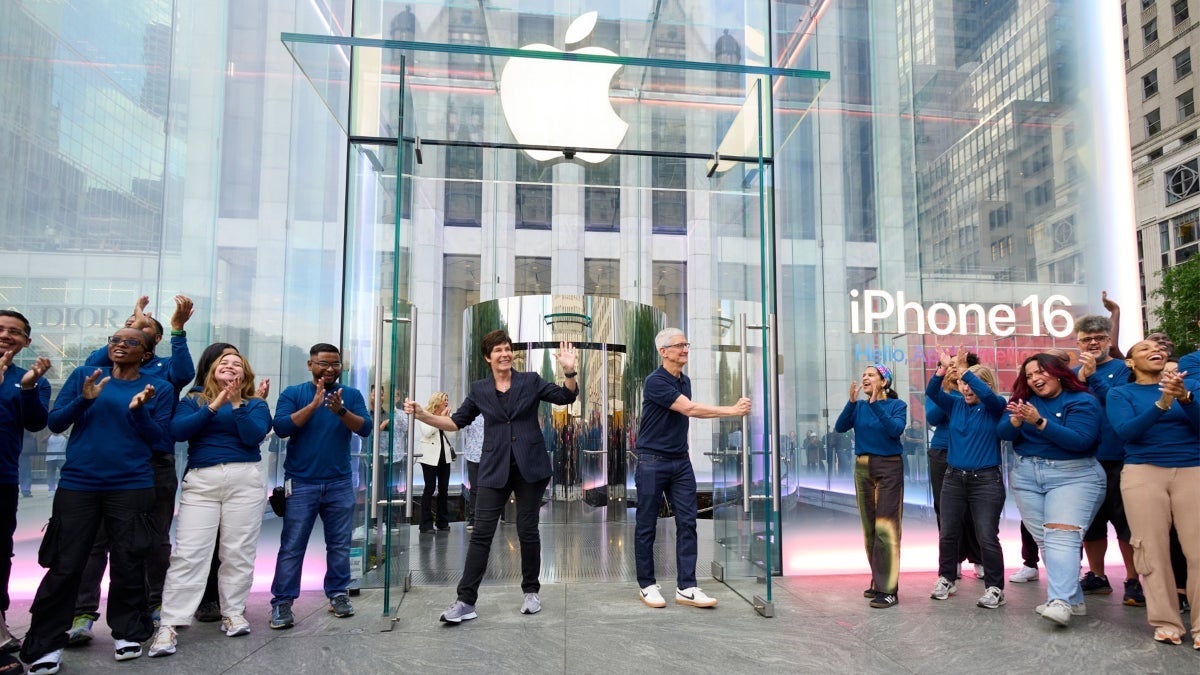








_jvphoto_Alamy.jpg?#)





.png?#)


































































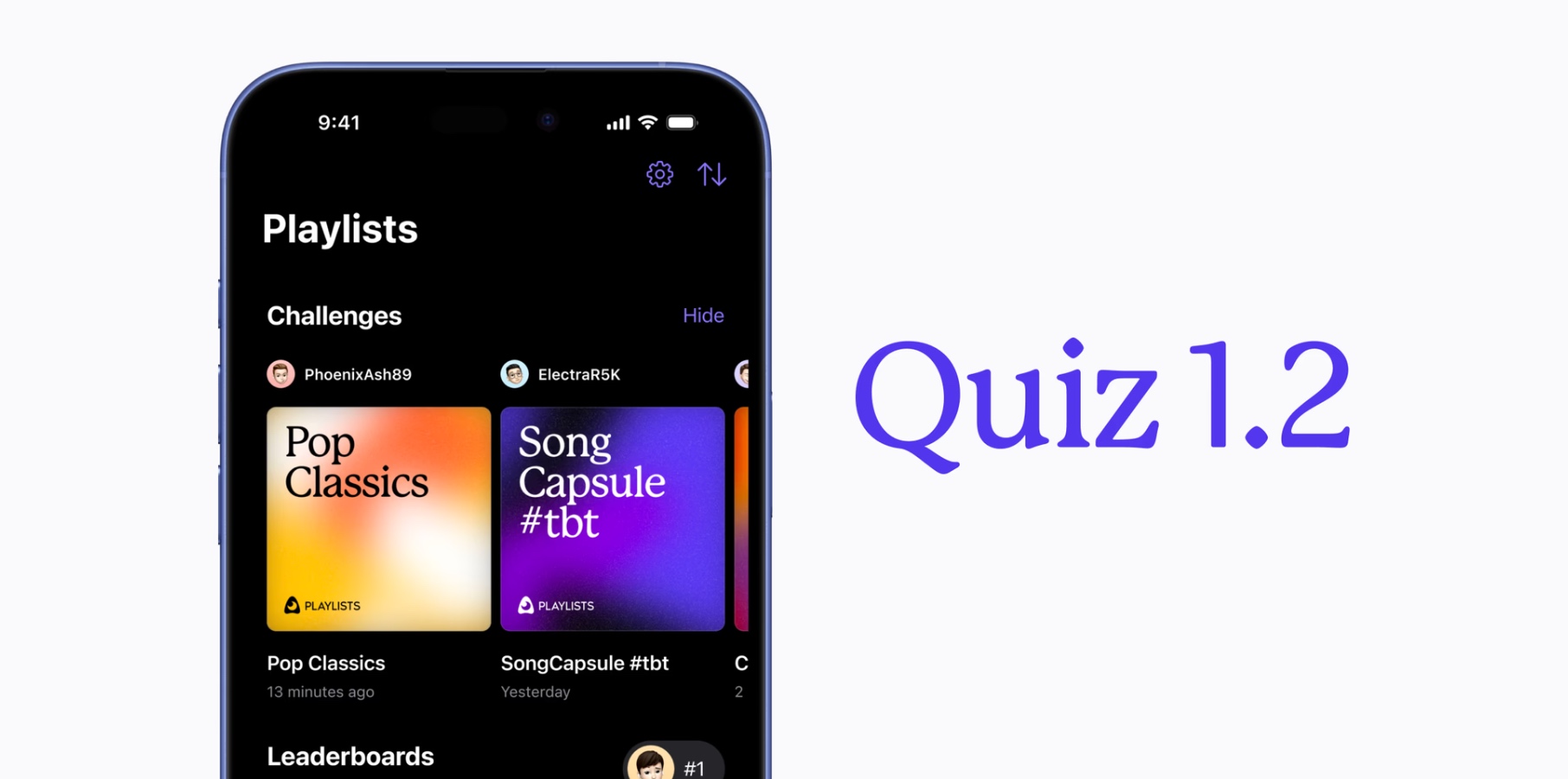







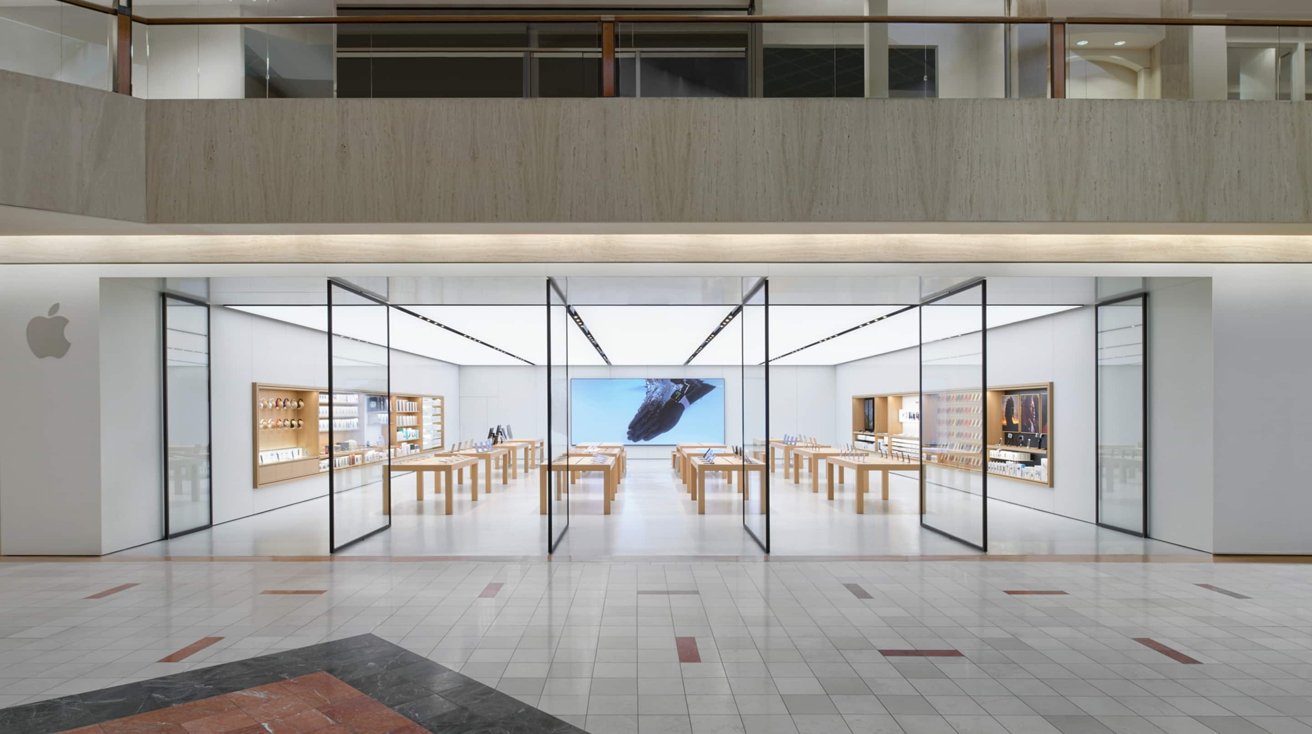

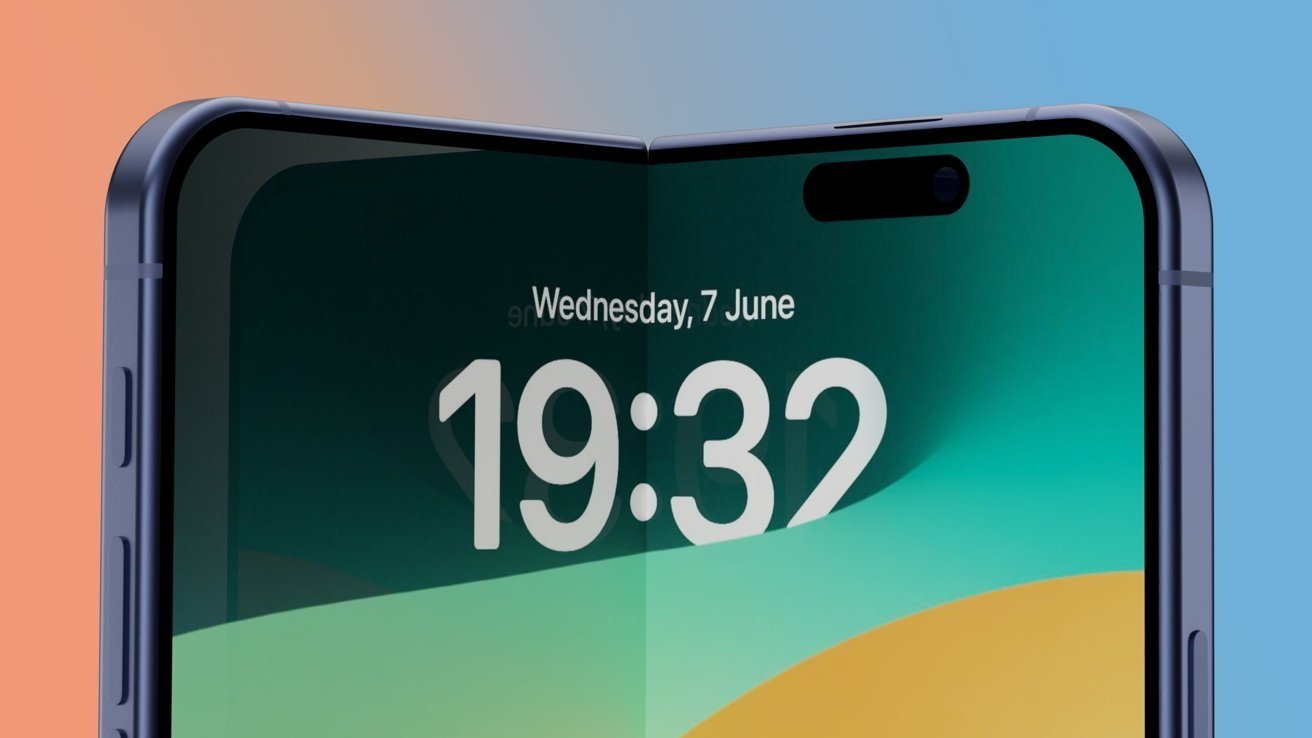

























![Apple Debuts Official Trailer for 'Murderbot' [Video]](https://www.iclarified.com/images/news/96972/96972/96972-640.jpg)
![Alleged Case for Rumored iPhone 17 Pro Surfaces Online [Image]](https://www.iclarified.com/images/news/96969/96969/96969-640.jpg)

![Apple Rushes Five Planes of iPhones to US Ahead of New Tariffs [Report]](https://www.iclarified.com/images/news/96967/96967/96967-640.jpg)
















